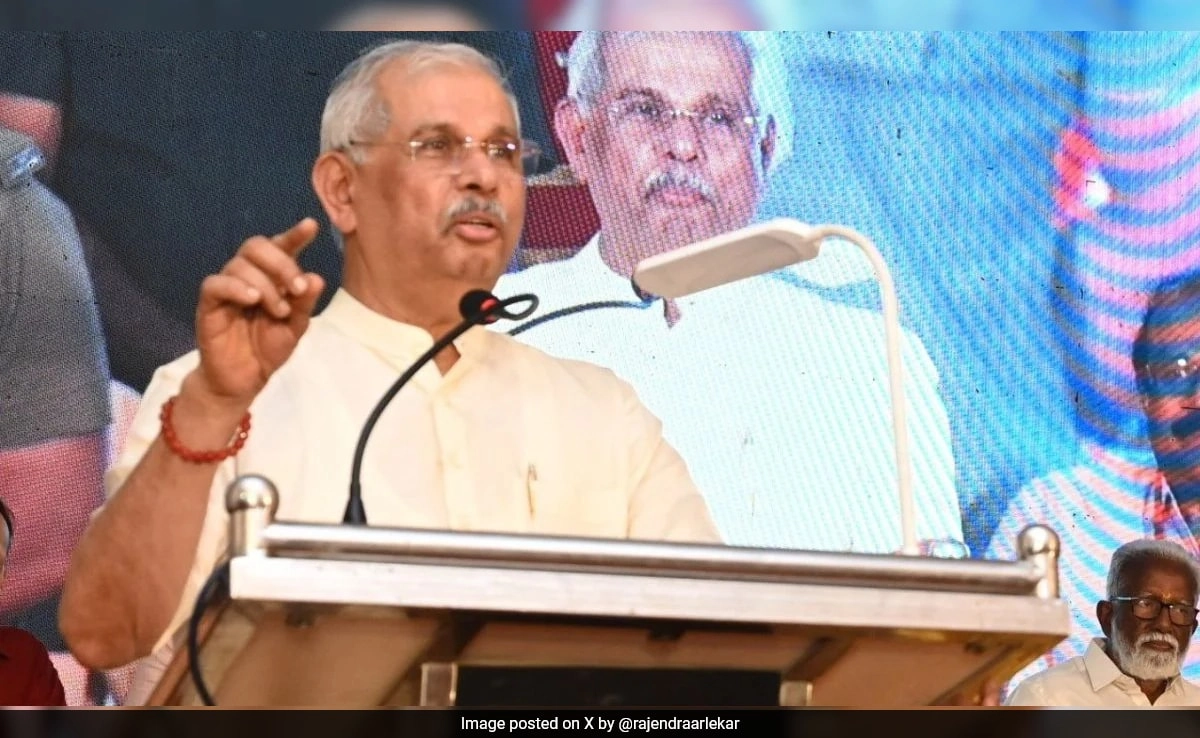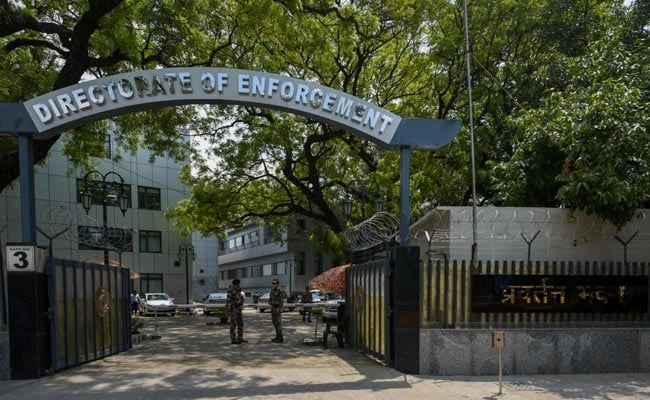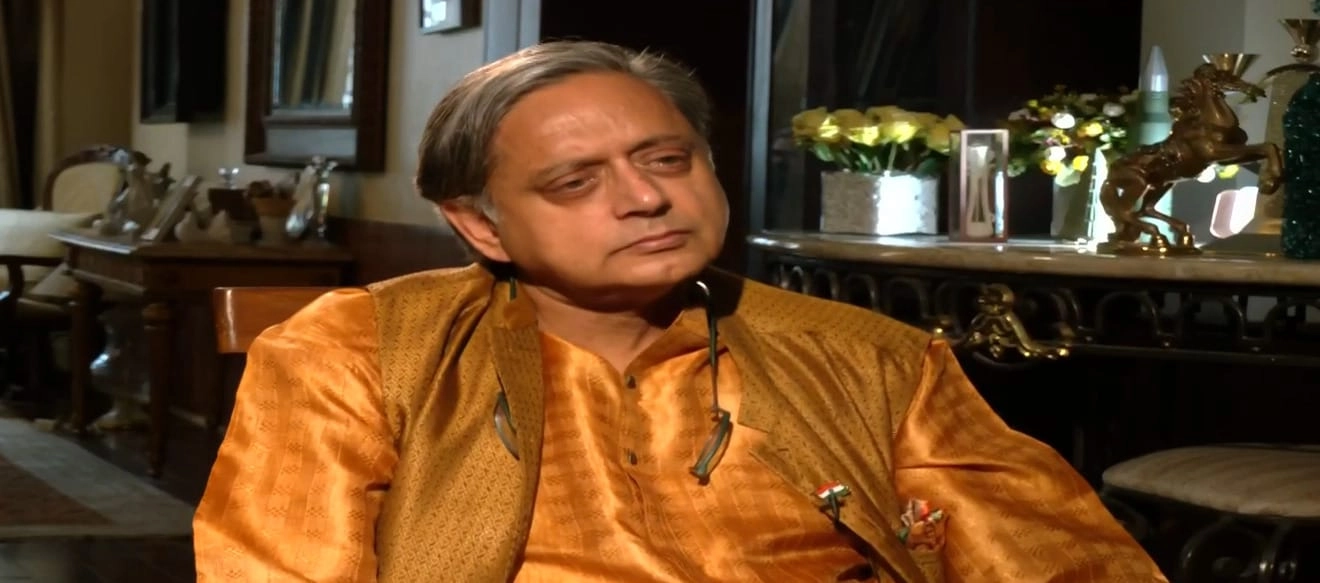Kerala’s Governor has voiced strong criticism against those who label the revered practices of ‘Gurupooja’ and the veneration of ‘Bharat Mata’ as fraudulent. He attributes these disparaging views primarily to a faction of Sabarimala devotees. This statement has sparked a significant debate within the state, reflecting the deep-rooted religious sentiments and the cultural significance these rituals hold for many. The Governor’s remarks highlight a growing schism among devotees, wherein differing interpretations and beliefs about religious practices can lead to contentious discussions and divisions within the community.
The ‘Gurupooja’ ritual, celebrated by numerous devotees, symbolizes respect and reverence towards spiritual teachers and mentors, while ‘Bharat Mata’ represents the embodiment of the nation itself. Both practices are integral to the cultural identity of many Hindus in India, particularly in Kerala, where the Sabarimala temple attracts millions of pilgrims annually. The Governor’s defense of these rituals is an attempt to uphold their sanctity amidst rising criticism, suggesting that such accusations may stem from misunderstandings or a lack of appreciation for their significance.
This controversy also underscores broader issues concerning religious identity, nationalism, and the interpretation of sacred practices. In a diverse society like India, where myriad beliefs coexist, the dialogue surrounding these rituals can illuminate the complexities of faith and devotion. It raises questions about the extent to which personal beliefs can shape communal practices and the potential for discord when interpretations diverge. The Governor’s stance invites further discussion on how to reconcile differing viewpoints within the spiritual community while preserving the essence of these time-honored traditions.
As this debate unfolds, it is essential for all parties involved to engage in constructive dialogue that respects diverse perspectives. The aim should be to foster understanding and unity among devotees rather than allowing differences to lead to division. The preservation of religious practices such as ‘Gurupooja’ and the worship of ‘Bharat Mata’ should be approached with a sense of reverence and inclusivity, recognizing that spirituality can manifest in various forms across different communities. Ultimately, this discussion serves as a reminder of the importance of tolerance and respect for differing interpretations of faith within the rich tapestry of India’s religious landscape.




